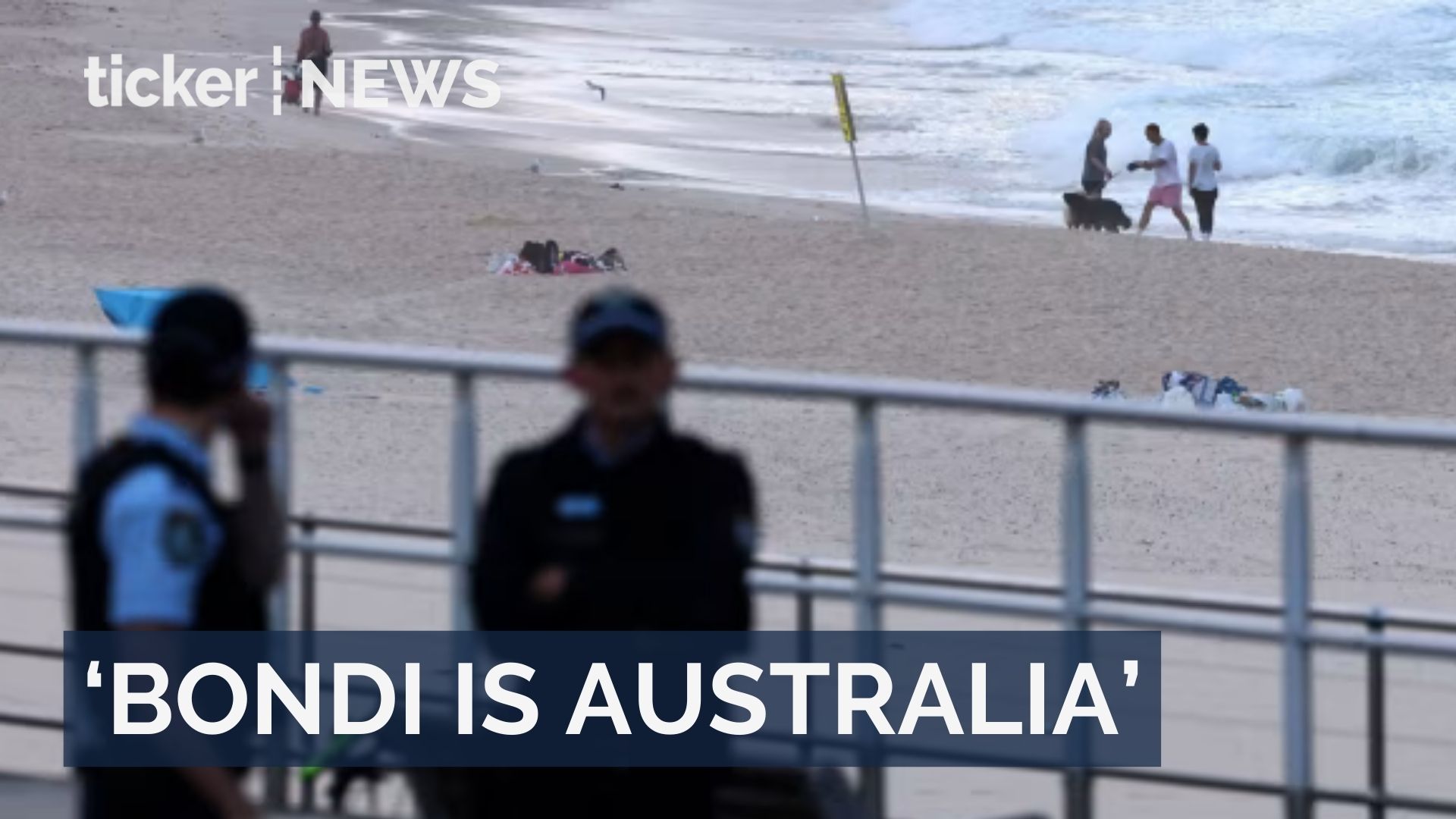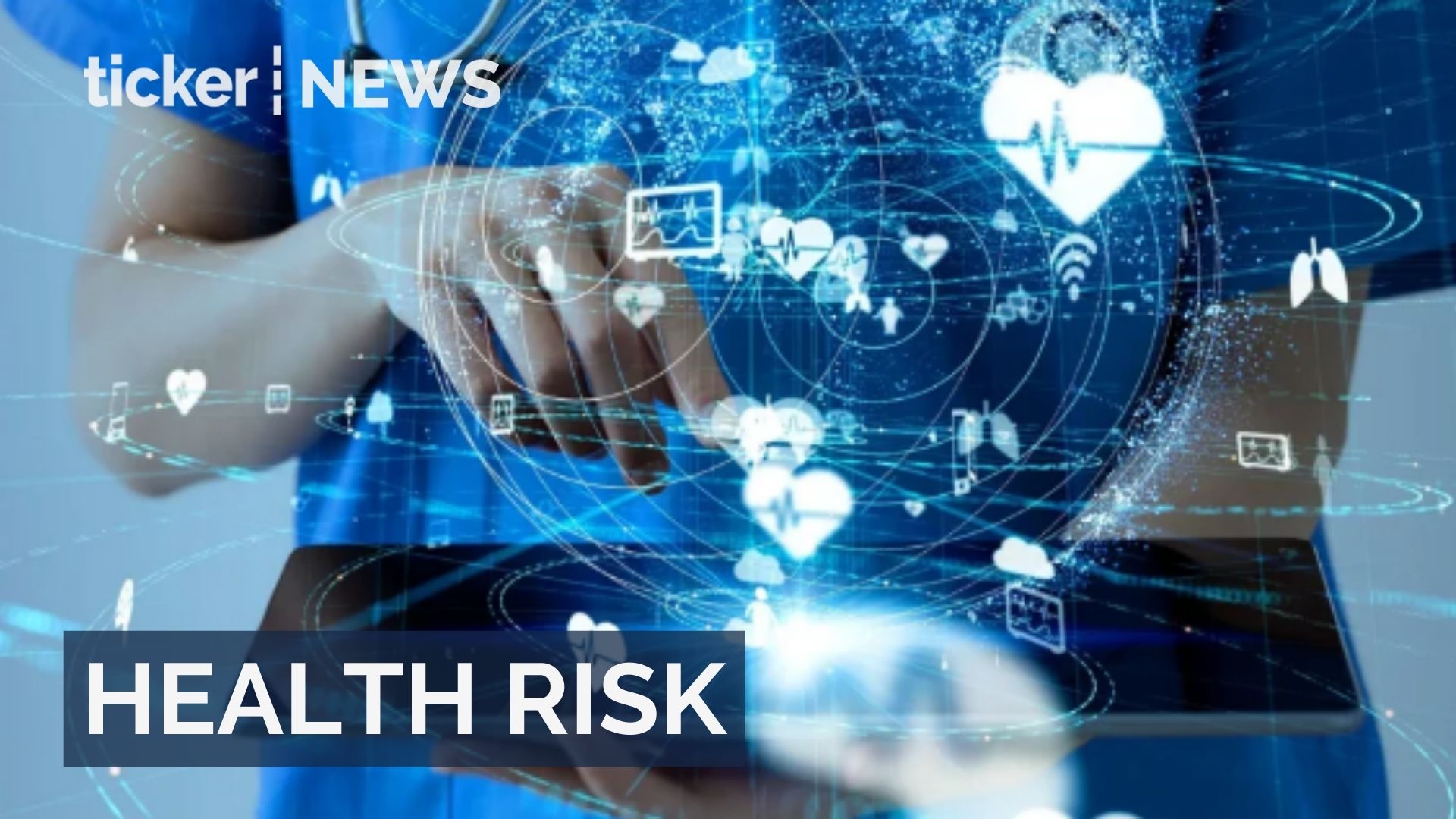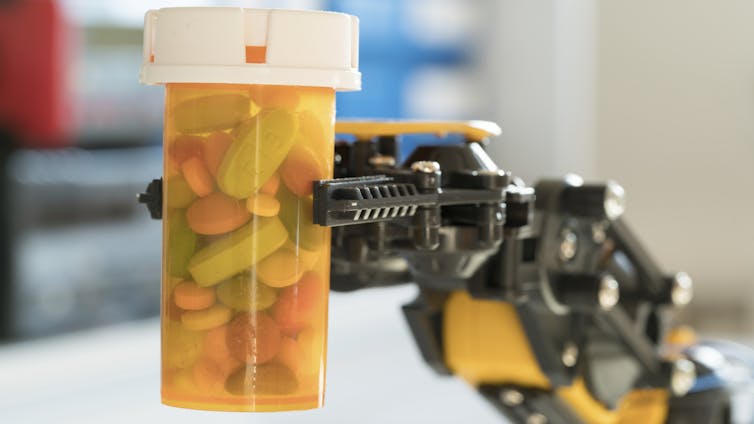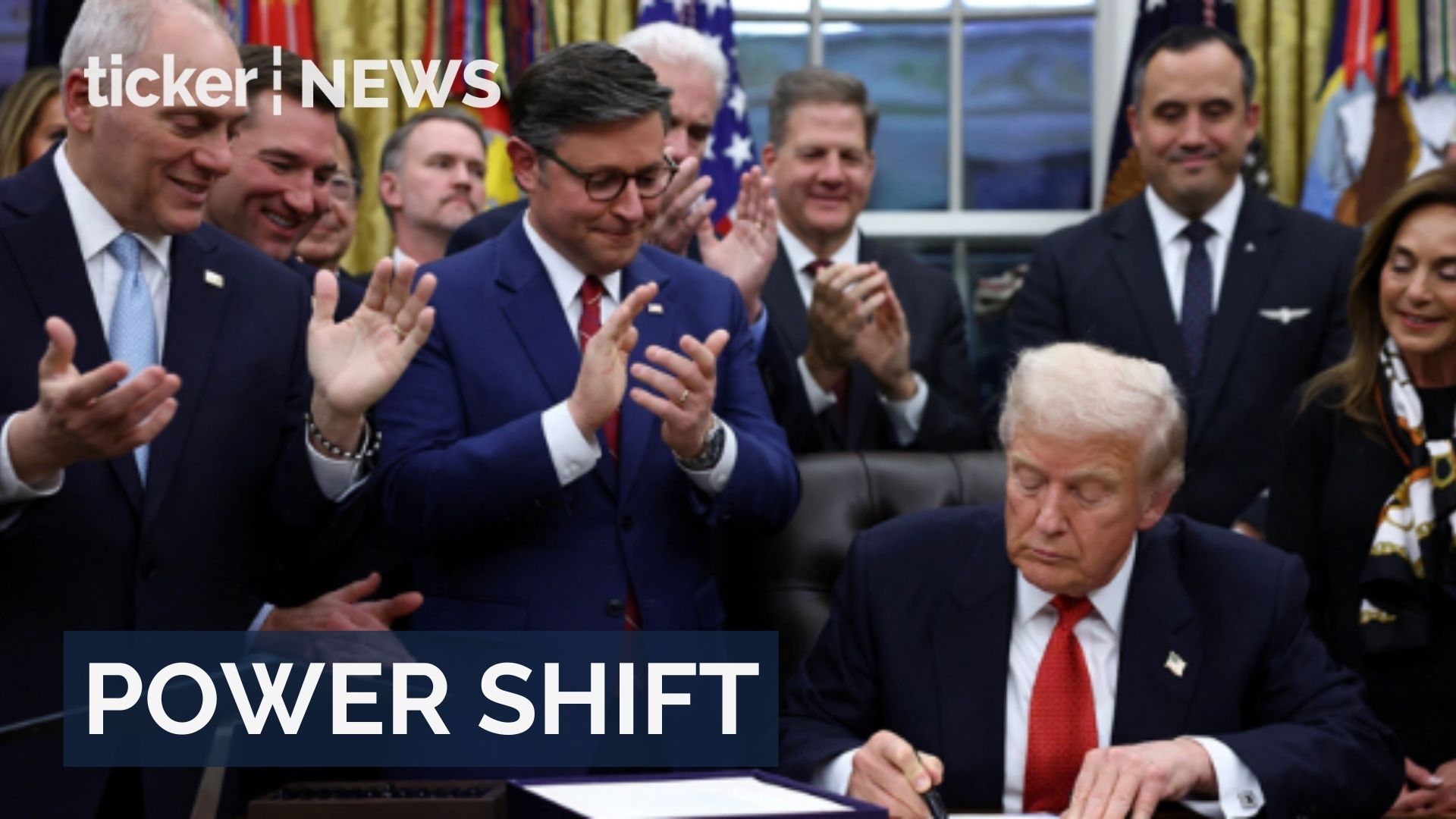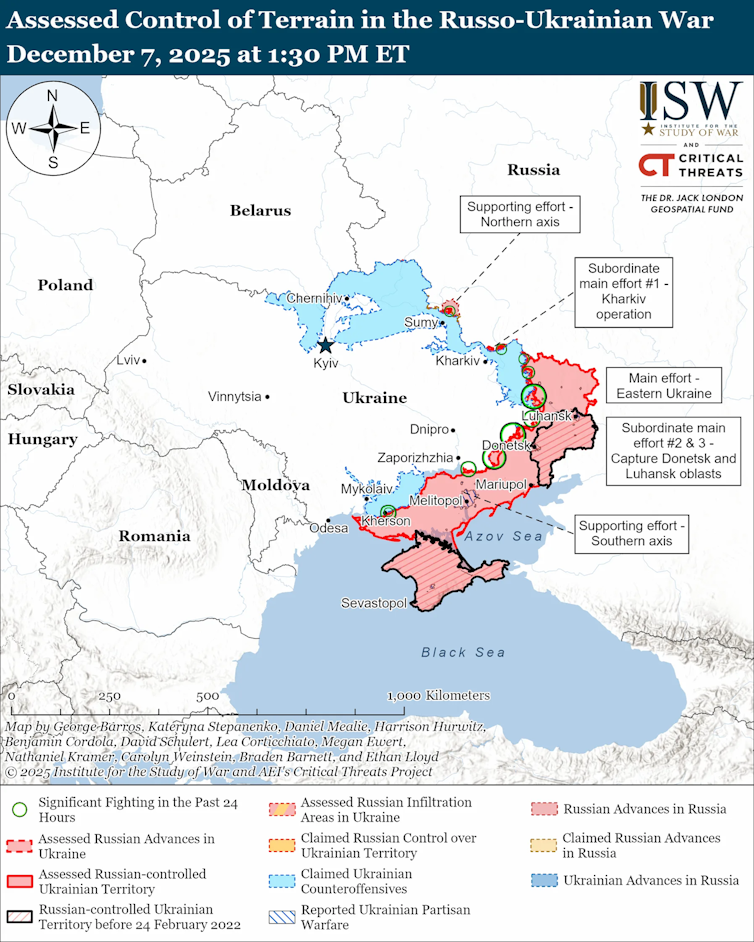“You just [expletive] shot the reporter!”
Australian journalist Lauren Tomasi was in the middle of a live cross, covering the protests against the Trump administration’s mass deportation policy in Los Angeles, California. As Tomasi spoke to the camera, microphone in hand, an LAPD officer in the background appeared to target her directly, hitting her in the leg with a rubber bullet.
Earlier, reports emerged that British photojournalist Nick Stern was undergoing emergency surgery after also being hit by the same “non-lethal” ammunition.
The situation in Los Angeles is extremely volatile. After nonviolent protests against raids and arrests by Immigration and Customs Enforcement (ICE) agents began in the suburb of Paramount, US President Donald Trump issued a memo describing them as “a form of rebellion against the authority of the government of the United States”. He then deployed the National Guard.
‘Can’t you just shoot them?’
As much of the coverage has noted, this is not the first time the National Guard has been deployed to quell protests in the US.
In 1970, members of the National Guard shot and killed four students protesting the war in Vietnam at Kent State University. In 1992, the National Guard was deployed during protests in Los Angeles following the acquittal of four police officers (three of whom were white) in the severe beating of a Black man, Rodney King.
Trump has long speculated about violently deploying the National Guard and even the military against his own people.
During his first administration, at the height of the Black Lives Matter protests, former Secretary of Defence Mark Esper alleged that Trump asked him, “Can’t you just shoot them, just shoot them in the legs or something?”
Trump has also long sought to other those opposed to his radical agenda to reshape the United States and its role in the world. He’s classified them as “un-American” and, therefore, deserving of contempt and, when he deems it necessary, violent oppression.
During last year’s election campaign, he promised to “root out the communists, Marxists, fascists and the radical left thugs that live like vermin within the confines of our country”. Even the Washington Post characterised this description of Trump’s “political enemies” as “echoing Hitler, Mussolini”.
In addition, Trump has long peddled baseless conspiracies about “sanctuary cities”, such as Los Angeles. He has characterised them as lawless havens for his political enemies and places that have been “invaded” by immigrants. As anyone who has ever visited these places knows, that is not true.
It is no surprise that in the same places Trump characterises as “disgracing our country”, there has been staunch opposition to his agenda and ideology.
That opposition has coalesced in recent weeks around the activities of ICE agents, in particular. These agents, wearing masks to conceal their identities, have been arbitrarily detaining people, including US citizens and children, and disappearing people off the streets. They have also arrested caregivers, leaving children alone.
As Adam Serwer wrote in The Atlantic during the first iteration of Trump in America, “the cruelty is the point”.
The Trump administration’s mass deportation program is deliberately cruel and provocative. It was always only a matter of time before protests broke out.
In a democracy, nonviolent protest by hundreds or perhaps a few thousand people in a city of ten million is not a crisis. But it has always suited Trump and the movement that supports him to manufacture crises.
White House Deputy Chief of Staff Stephen Miller, a key architect of the mass deportations program and a man described by a former adviser as “Waffen SS”, called the protests “an insurrection against the laws and sovereignty of the United States”. Trump himself also described protesters as “violent, insurrectionist mobs”.
Nowhere does the presidential memo deploying the National Guard name the specific location of the protests. This, and the extreme language coming out of the administration, suggests it is laying the groundwork for further escalation.
The administration could be leaving space to deploy the National Guard in other places and invoke the Insurrection Act.
Incidents involving the deployment of the National Guard are rare, though politically cataclysmic. It is rarer still for the National Guard to be deployed against the wishes of a democratically elected leader of a state, as Trump has done in California.
A broader assault on democracy
This deployment comes at a time of crisis for US democracy more broadly. Trump’s longstanding attacks against independent media – what he describes as “fake news” – are escalating. There is a reason that during the current protests, a law enforcement officer appeared so comfortable targeting a journalist, on camera.
The Trump administration is also actively targeting independent institutions such as Harvard and Columbia universities. It is also targeting and undermining judges and reducing the power of independent courts to enforce the rule of law.
Under Trump, the federal government and its state-based allies are targeting and undermining the rights of minority groups – policing the bodies of trans people, targeting reproductive rights, and beginning the process of undoing the Civil Rights Act.
Trump is, for the moment, unconstrained. Asked overnight what the bar is for deploying the Marines against protesters, Trump responded: “the bar is what I think it is”.
As New York Times columnist Jamelle Bouie recently observed:
We should treat Trump and his openly authoritarian administration as a failure, not just of our party system or our legal system, but of our Constitution and its ability to meaningfully constrain a destructive and system-threatening force in our political life.
While the situation in Los Angeles is unpredictable, it must be understood in the broader context of the active, violent threat the Trump administration poses to the US. As we watch, American democracy teeters on the brink.
This article was updated on June 9, 2025 to correct information about Rodney King.
Emma Shortis, Adjunct Senior Fellow, School of Global, Urban and Social Studies, RMIT University
This article is republished from The Conversation under a Creative Commons license. Read the original article.




